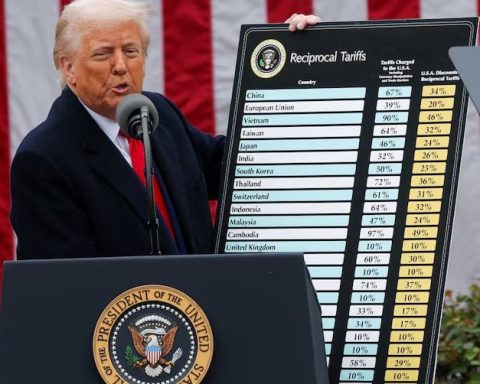Ethereum’s Price Slump: What’s Behind It?
Ethereum, the second largest cryptocurrency by market capitalisation, is currently trading at $2,310, down 52% from its all-time high of $4,800, which it reached in 2021.
The crypto asset has struggled to maintain its value in recent years, prompting analysts to point to several underlying issues.
Join our WhatsApp ChannelWhales Dumping Ethereum
One of the most notable reasons for Ethereum’s prolonged price slump is the activity of crypto whales—large holders of the asset. On-chain analyst, Ali Martinez, observed that Ethereum whales have stopped accumulating the asset since early July. Instead, they are selling or redistributing their holdings.
“Ethereum whales stopped accumulating ETH in early July. Since then, they’ve been selling or redistributing their ETH holdings,” Martinez tweeted. This activity has led to concerns that further price declines may be on the horizon.
The selling pressure from large holders has certainly cast a shadow on Ethereum’s long-term price potential. Without the support of these major investors, the crypto asset may struggle to return to the price levels it reached during the 2021 crypto boom.
Interoperability Issues
In addition to the whale sell-off, Ethereum’s interoperability challenges have also been highlighted as a key factor in its price slump. Kyle Samani, a partner at Multi-coin Capital, pointed out in a recent podcast that Ethereum’s interoperability issues are holding the asset back.
READ ALSO: Cryptocurrency Market Faces Downturn As Bitcoin, Ethereum Experience Losses
“A lot of people use Ethereum, obviously, and they hate bridging, they hate paying the fees, and they hate waiting for transactions to confirm,” said Samani during his conversation with Bankless. He explained that Ethereum’s lack of seamless communication between different blockchain networks and exchanges like Binance and Coinbase is a major frustration for users.
Why Interoperability Matters
Interoperability is a crucial concept in the cryptocurrency world. It refers to the ability of different blockchain networks to interact with each other, facilitating easier transfers of assets and data.
For Ethereum, which boasts a market value of around $300 billion, these limitations are a significant roadblock. Samani argued that a project of Ethereum’s size should not be grappling with these issues.
“Ethereum should have resolved these interoperability problems by now,” he noted, adding that these challenges have left Ethereum lagging behind competitors like Bitcoin and Solana, which have more robust network solutions.
Competitors Outperform Ethereum
Ethereum’s competitors have also been able to capitalise on its shortcomings. Bitcoin, despite being older, has maintained a more stable price and remains the go-to cryptocurrency for many institutional investors.
Solana, on the other hand, has gained popularity due to its lower fees and faster transaction times, which appeal to developers and users frustrated with Ethereum’s network delays and high fees.
Samani emphasized the importance of financial gravity—referring to a project’s ability to attract liquidity and users. “Ethereum’s financial gravity is weaker than it should be,” he said, pointing to the fact that users are looking for alternatives with fewer barriers to entry.
What’s Next for Ethereum?
As Ethereum continues to face these challenges, analysts and investors are left wondering if it will ever regain its 2021 highs.
While the ongoing whale sell-off and interoperability issues have cast doubt on the project’s immediate future, there are still many who believe in Ethereum’s long-term potential, especially as it remains a key player in the decentralized finance (DeFi) space.
For now, the question remains whether Ethereum can solve its technical issues and regain investor confidence. As Kyle Samani remarked, “The Ethereum community needs to find solutions to these problems, or it will continue to lose ground to competitors.”
Ethereum’s current struggles highlight the need for major improvements in both technical performance and investor confidence.
With the asset trading far below its 2021 highs, many are watching closely to see if Ethereum can address its interoperability issues and restore trust among its whale investors.
Emmanuel Ochayi is a journalist. He is a graduate of the University of Lagos, School of first choice and the nations pride. Emmanuel is keen on exploring writing angles in different areas, including Business, climate change, politics, Education, and others.
- Emmanuel Ochayihttps://www.primebusiness.africa/author/ochayi/
- Emmanuel Ochayihttps://www.primebusiness.africa/author/ochayi/
- Emmanuel Ochayihttps://www.primebusiness.africa/author/ochayi/
- Emmanuel Ochayihttps://www.primebusiness.africa/author/ochayi/



















Follow Us